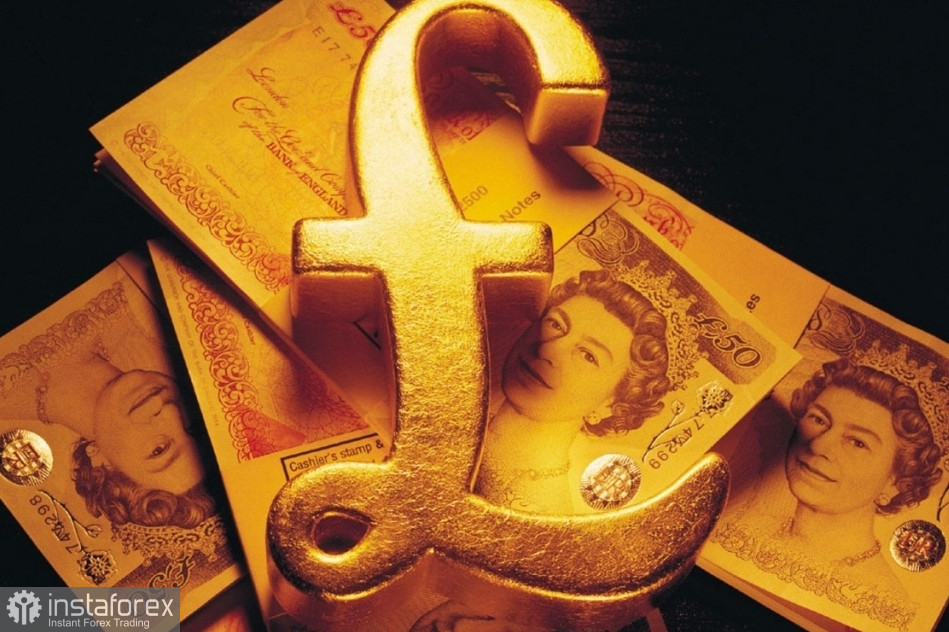The pound sterling rose following the Bank of England's meeting. Yesterday, Bank of England Governor Andrew Bailey stated that it was too early to consider rate cuts. However, financial markets have different ideas. After the UK's central bank paused its fastest tightening in three decades, traders now expect three rate cuts of a quarter point each by the end of 2024, which would bring the key interest rate down to 4.5%.

This is the opposite of the idea Bailey presented at yesterday's press conference after the decision to keep rates unchanged. Clearly, the Governor of the Bank of England wants the markets not to rush events but to adhere to a long-term interest rate strategy to contain inflation, which still remains more than three times above the Bank of England's target of 2%. Nevertheless, investors increasingly anticipate rate cuts in the latter half of 2024, fearing that the UK's economy will buckle under the weight of high borrowing costs. Recent economic data on economic growth rates can be direct evidence of this.
In addition, wages continue to rise at record rates, unemployment is also increasing, and the housing market is stagnant. Economists expect signs of a recession to become clearer in the near future.
The reluctance to raise yields in the UK points to greater nervousness about the prospects of the UK economy. The Bank of England's new economic forecasts prove this fact. The BoE lowered its economic growth forecast simultaneously with its rate decision. "GDP will be "broadly flat," with zero growth projected in 2024, down from the 0.5% expansion previously expected. A paltry 0.25% gain is penciled in for 2025. Unemployment will tick up from 4.3% to 5% next year, and living standards will stagnate, with post tax household income climbing just 0.25% in 2024," the statement said.
It is obvious that the Bank of England has decided to follow the US Federal Reserve and the European Central Bank, where, for a more complete picture, more statistical data is needed.
Regarding the technical picture of GBP/USD, demand for the pound remained the same after the price exceeded the resistance level of 1.2180. A further increase could be expected after gaining control over 1.2220. Regaining this range will bring back hope for a recovery towards 1.2250, after which a sharper rise to around 1.2285 can be anticipated. If the pair falls, bears will attempt to take control of 1.2180. If they succeed, a breakout of this range will affect bulls' positions, pushing GBP/USD down towards a low of 1.2155 with the potential to touch 1.2130.
Meanwhile, to maintain control, buyers of EUR/USD should stay above 1.0620. Doing so could pave the way to 1.0640. From that level, there is potential to reach 1.0670, but achieving this without support from major players will be quite challenging. The farthest target is located at a high of 1.0700. If the pair declines, significant actions from major buyers could be seen around 1.0620. If no one steps in at that level, it might be wise to wait for a new low of 1.0590 or to consider going long from 1.0570.





















